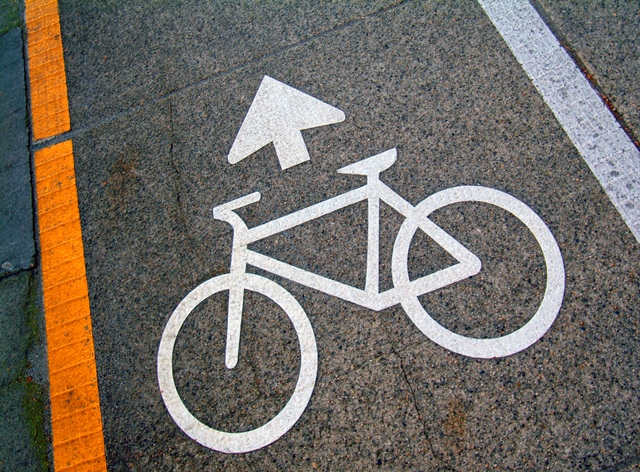Junctions are points on the road where traffic meets, and where, as a result, there can be greater risk. Recognising types of junctions and being aware of the Right of Way governing these is critical to safe journeying on the road network.
Signs, traffic lights and road markings all serve to regulate the flow of traffic around junctions, and to establish Right of Way, but often in housing estates or through rural settings these will not be in place – road users have a duty to be aware.
• Traffic travelling straight ahead in either direction along a major road generally has right of way at all times.
• If you are at a junction where the roads are of equal importance, the traffic on your right has right of way. You must let that traffic pass before you move on.
• If you are approaching a T-junction, the traffic already on the road you are joining has right of way. This means any traffic on the road ending at the junction must wait for the other traffic to pass before turning left or right.
• If you are turning right at a junction, the traffic coming straight through the junction from the opposite direction has right of way.
• If you plan to turn right at a junction and a vehicle from the opposite direction wants to turn into the same road, the vehicle that is turning left has right of way. If yours is the vehicle turning right, you must wait for the other vehicle to turn first.
• If you are approaching a junction with a major road, you must yield to other traffic. This means giving right of way or letting them pass before you enter the road you are joining.
It is important to understand that the RIGHT OF WAY is not an absolute right.
You must proceed with caution while showing regard for other users of the road.

